The Background
I grew up in North Dakota near two reservations, worked four summers at a camp in the Black Hills that recruited children and staff from the reservation system across South Dakota, and wrote my master’s thesis on ceremonial performances in Lakota culture. I currently live in a region colloquially referred on newscasts as “Siouxland.” (I should point out that, although widely used, “Sioux” is a French derivation of Nadowe Su coined by colonizing fur trappers.) Ironically, my interactions with Native peoples are much less frequent in Siouxland than most other places I have lived. I miss the diversity; its absence feels like a deficit. For these and other reasons, I was thrilled to learn that one of the few professional theatre companies in Siouxland committed to include Native Americans in their most recent production.
To fully appreciate the process behind this unique journey requires some backstory. Although Native Americans comprise approximately 9 percent of South Dakota’s total population, they have historically been marginalized within the Western-centric professional and/or university theatre scene within the region. With its mission to “engage, connect, and inspire communities by exploring our shared human experiences through inclusive, professional Shakespeare productions and theatre arts education,” SDSF has been producing professional summer-stock theatre on the prairie since 2012. Over the years, founding artistic director Chaya Gordon-Bland has strived to emphasize and expand upon the “inclusive” part of SDSF’s mission by intentionally and actively including members of the single largest racial minority in South Dakota.
Anchored by her Native terminology, Sayet embraced a matriarchal theatre leadership model that, as she put it, “invests in the community rather than itself.”
After meeting Sayet years ago through the Shakespeare Theatre Association, Gordon-Bland successfully applied for a National Endowment for the Humanities (NEH) grant premised on the goal to “mindfully and intentionally integrate Native artists and perspectives into the Shakespeare production process.” This grant enabled Gordon-Bland to commission Sayet to direct Midsummer, as well as to expand SDSF’s audition practices to successfully recruit an impressive group of actors with tribal affiliations from across North America. As denoted in the theatre program, the cast of A Midsummer Night’s Dream included professional actors as well as local children (called “The Young Company” in the program) from the following tribes: Tlingit, Oglala Sioux, Haudenosaunee Kanye’kehaka, Kumeyaa, Crow Creek Sioux, Sicangu Lakota, and Hunkpati Dakota. In what is surely a first for South Dakota theatre, actors from these diverse tribal nations combined with Caucasian performers to form what Gordon-Bland and Sayet proudly referred to as a polycultural cast.
The Performance
One of Shakespeare’s most beloved and accessible works, A Midsummer Night’s Dream nonetheless suffers more than its share of troubling exchanges in which sex-addled males pursue, subjugate, and cruelly mock their female counterparts. In performance, Sayet successfully challenged some of Midsummer’s most problematic moments. For example, Charley Flyte’s nonverbal choices as Hippolyta filled the space with a subtext of defiance; rather than being compliant war bride, as she is typically portrayed, Flyte’s Hippolyta contested the commands leveled towards her with disdainful glares and an immutable continence. Eventually and significantly, the slightly sniveling Theseus (Mathew Vidal) bent to her will.
Likewise, Sayet chose to sacrifice some of Midsummer’s easy laughs involving the young lovers for a higher purpose. Often these scenes are staged with cloying pratfalls as an undeterred Helena (Erin Tripp) desperately chases Demetrius (Skyler Ray-Benson Davis) through the woods, the whole time gratefully absorbing his insults in the hope of eventually earning his love. Instead of reinforcing this demeaning approach, Tripp’s Helena delivered the line “I am your spaniel” more like a lament of involuntary degradation than willing submission. Similarly, Demetrius’ retort to Helena, “I am sick when I look on thee,” hits pretty damn hard—a callous attack rather that a comic zinger. Through Tripp’s dignified portrayal, Helena’s palpable recoil upon receiving this barb shows the audience how much words can wound. In a play full of funny lines and awkward situations, Sayet rightly sacrificed a few laughs in order to remind her audience that some of these exchanges truly are not funny.



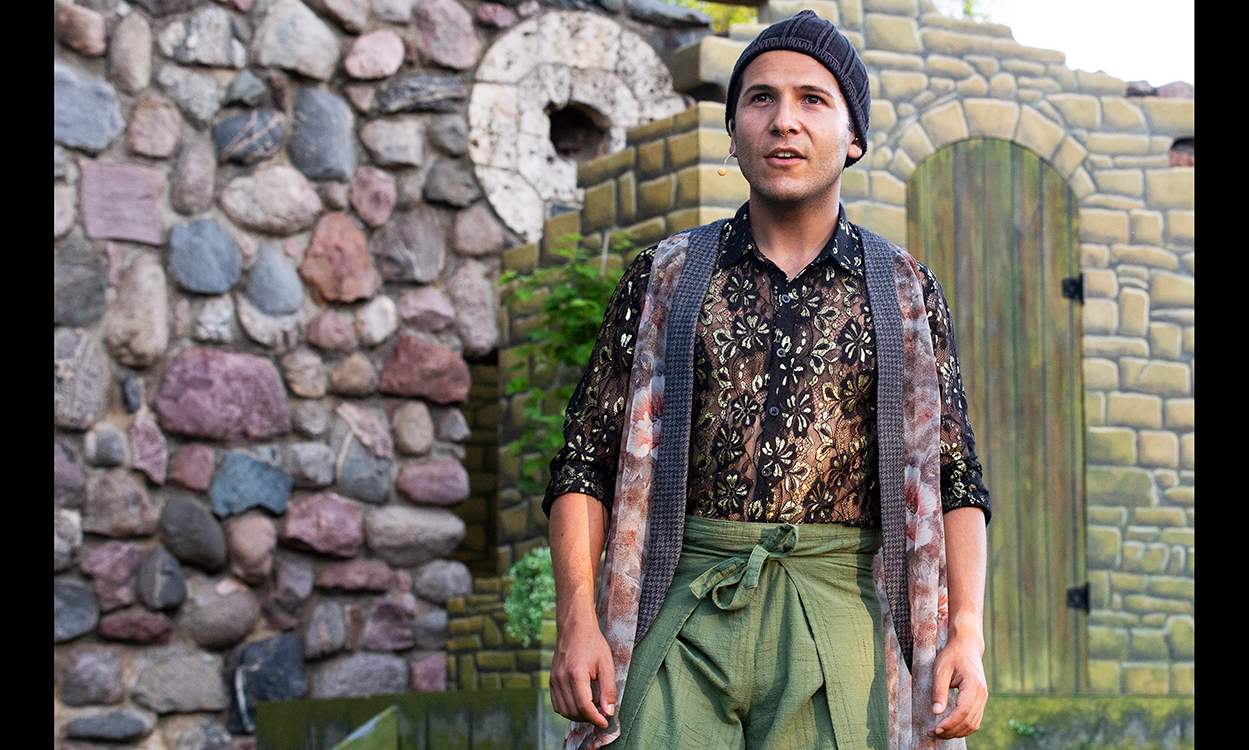
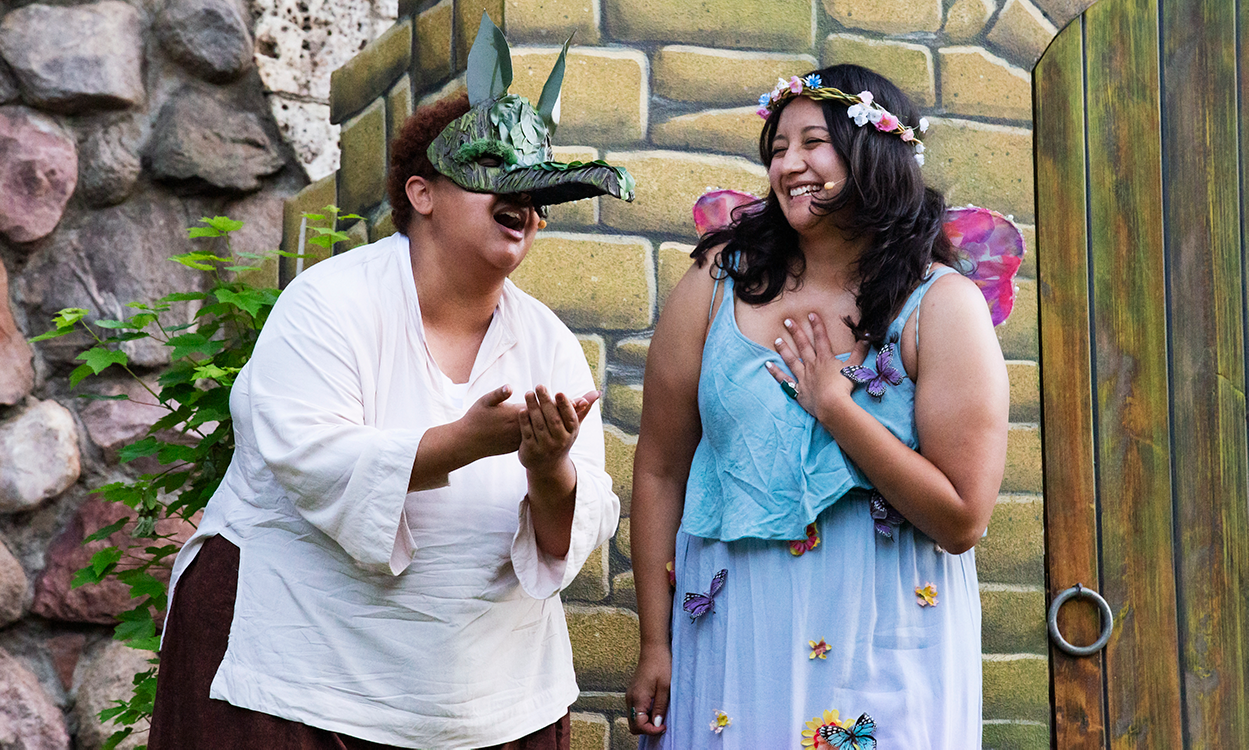
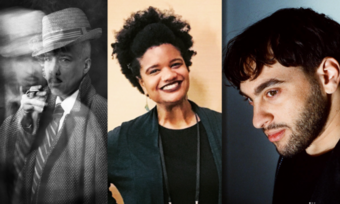



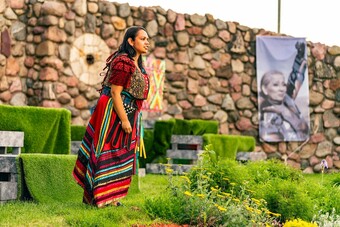

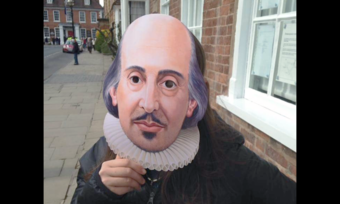

Comments
The article is just the start of the conversation—we want to know what you think about this subject, too! HowlRound is a space for knowledge-sharing, and we welcome spirited, thoughtful, and on-topic dialogue. Find our full comments policy here
The actors and actresses did a fine job, but (oh) that beautiful set! Especially the tree stump!
Seriously though, good job with another wonderful show!